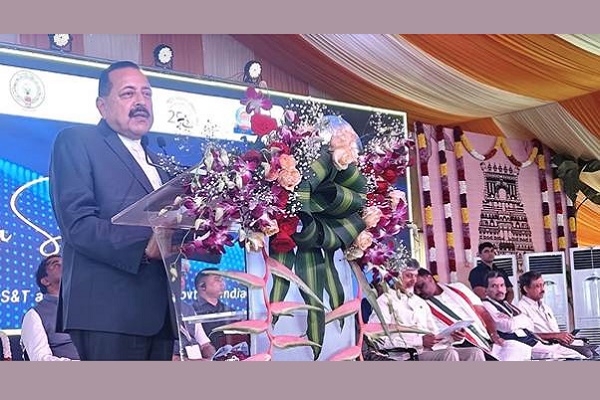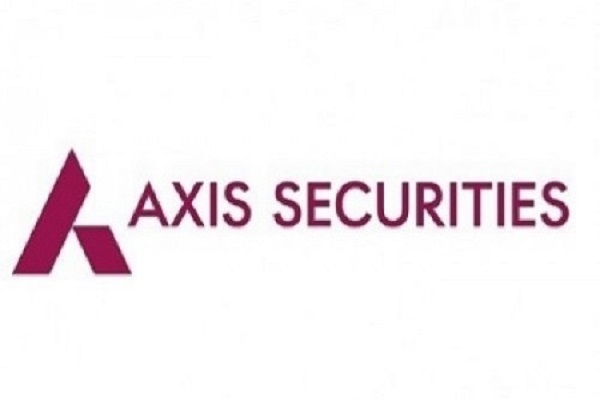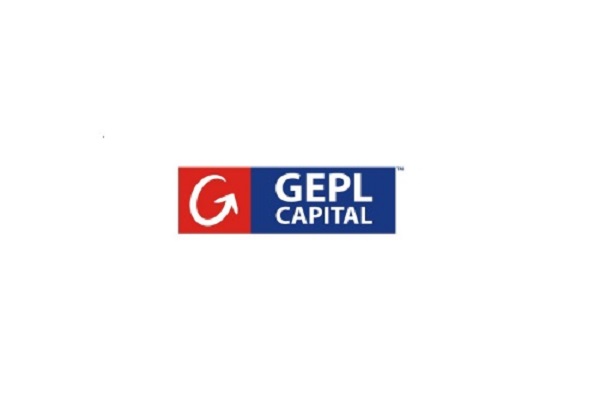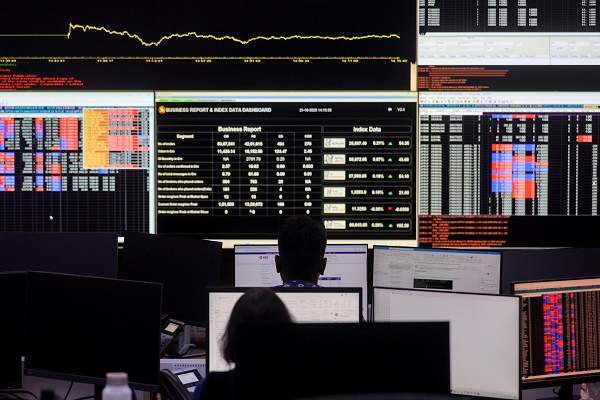EcoCapsule Aug 2025 : The Cold War Turns Hot by SBI Capital Market

EXECUTIVE SUMMARY
Crease lines drawn in the game of “Deal or No Deal” even as the winner is unclear
The US signed major deals with the EU and Japan during the month, locking in 15% tariffs. The jury is out on whether this constitutes a victory for either party, with most concluding it is a pyrrhic one owing to the large investment obligations imposed as far as Japan & EU are concerned, and the short-term inflationary impact likely on the US. Two big trading partners, Canada and Mexico continue reeling without a deal, whereas China has managed to maintain status quo. We believe the air of finality continues to elude even the deals which are deemed concluded and there will be several more rounds of back and forth before clarity emerges.
A tariff is starting to impact global growth, making room for policy rate compromises
Global PMIs are at multi-month highs. Continuous delays in tariff setting is keeping manufacturing afloat even as services remain largely unafflicted. However, cracks have begun to appear. US non-farm payroll additions stood at 73k in Jul’25 with massive downward revisions of 258k in May’25 and Jul’25. This prompted several US Fed officials to call for more rate cuts in defiance of the Chair. Further, Mr. Trump’s eagerness to replace the hawks in the US Fed may act as a catalyst for rate cuts. Markets expects 2 rate cuts in CY25 now, though the long-term rate expectation has moved upwards in past month due to fear of persistent tariff-led inflation. The global impact of tariffs will uncoil itself in a rear-ended fashion through asset price volatility and delayed investments, once the carrying strength of the supply chain breaks down
India slapped with punitive tariffs as it defies the US in a push for trade sovereignty
India is amongst the nations now facing the highest tariffs in the world at 50%. This includes a base tariff of 25% (which is moderately high relative to peers) and additional 25% as penalty for importing energy from Russia. Notably, tariffs kick in on 28 Aug’25, giving a window for further negotiation, even though its scope is denied by the US for the sake of brinkmanship. In any case, India has taken a firm stance. This is enabled by its low dependence on exports for growth and blossoming agreements with other blocs. In the medium term, key labour-intensive export-driven sectors such as textiles and MSMEs could bear the brunt, and the government is likely to support them through schemes.
As global headwinds blow vigorously, domestic monsoon winds imperative to sow the seeds of growth
Clearly, now the locus of growth must shift inwards. A significant driver in FY26 is expected to be rural consumption, as ample rainfall has not only led to expansion in the sown area, but also filled the reservoirs for a bumper rabi. The impact is already seen in tractor sales, with 2W sales expected to pick up in the festive season. The concerns stem from the capex side. While the Union and States have seen a sharp rise in capex in Q1FY26, private capex continues to lag. Worryingly, flow of funds towards commercial ends was up by just 3% in FY25, below even the inflation rate. While emergent sectors are typically less capex intensive, players in traditional sectors have enough internal accruals to fund their capex.
Incremental monetary space for growth support to remain limited unless things go south in H2FY26
For now, the Central Bank seems kosher with the growth-inflation dynamic and opted for a hawkish pause in the Aug’25 policy. We expect at most 25bps of cuts, driven on incoming data. Meanwhile, the transmission to both lending and deposit rates has been impressive, highlighting the benefits of an EBLR dominated system. The yield curve has steepened due to ample liquidity at the lower end. The Central Bank also needs to keep an eye out for the currency, with INR depreciating on tariff news and unwinding USD forward position despite ample forex buffers. Careful control would be needed to ensure export competitiveness in an increasingly polarised and volatile financial market.
Above views are of the author and not of the website kindly read disclaimer




















